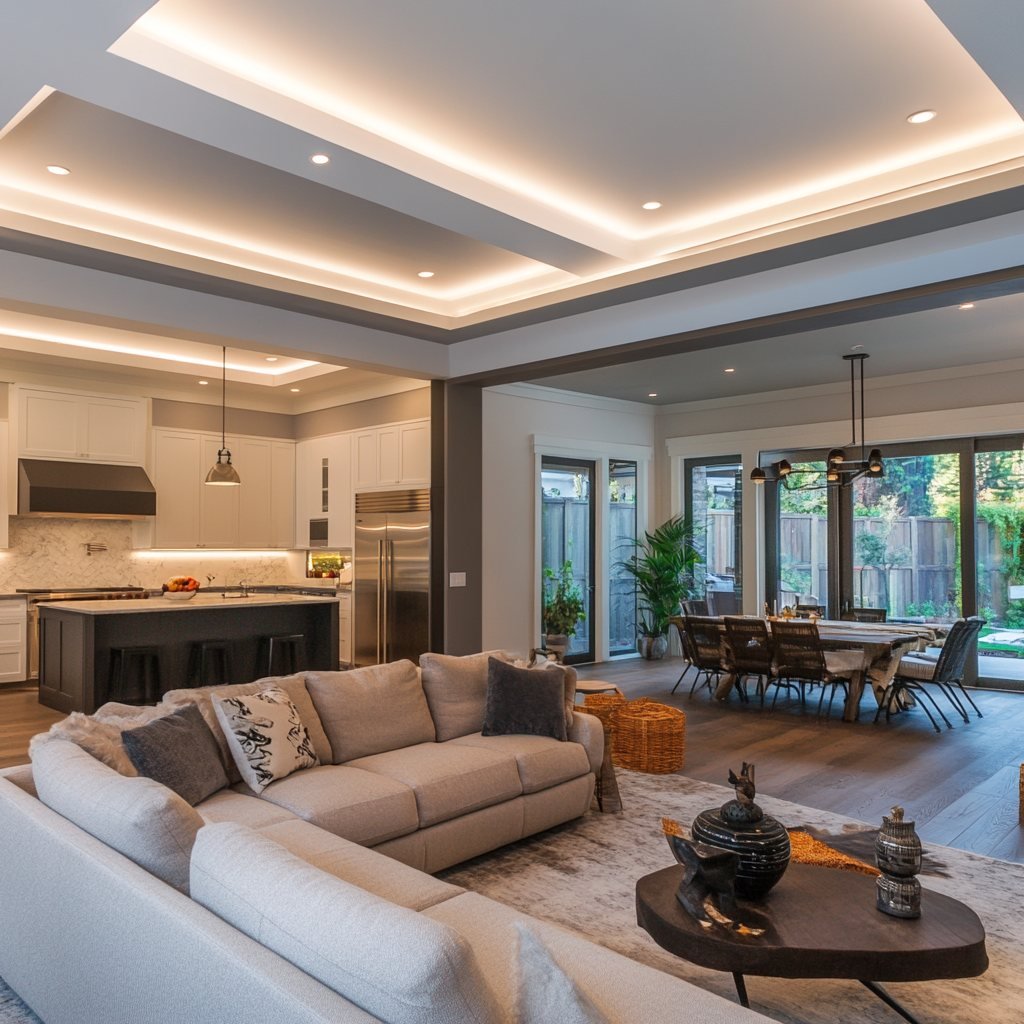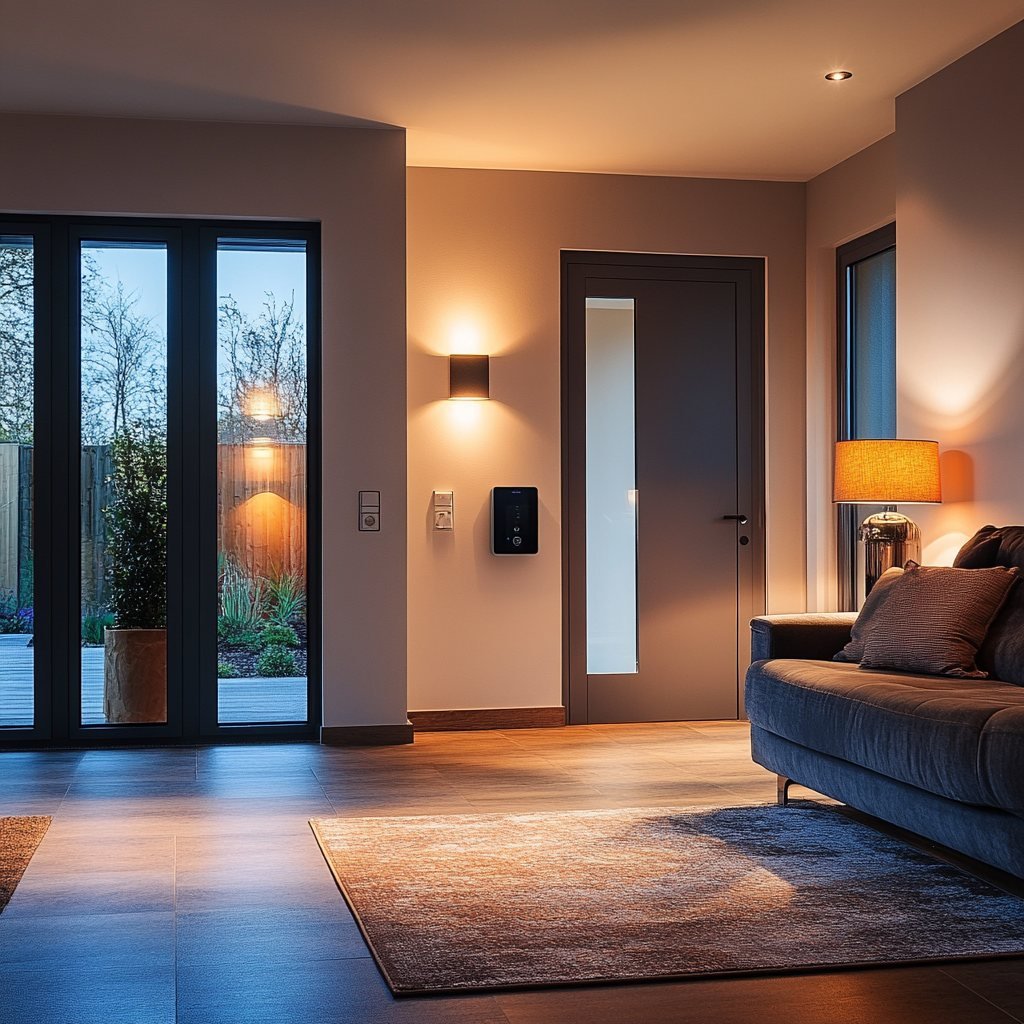Smart homes offer convenience, energy savings, and enhanced security, but like any technology, they can sometimes run into issues. In this guide, we will walk you through the most common problems smart home users face and how to resolve them effectively. Whether it’s a Wi-Fi connectivity issue or a voice assistant that won’t respond, this troubleshooting guide will help you get things back on track.
How to Install a Water Filtration System in Your Home | The Ultimate Guide to Mixing Patterns in Home Decor
Home Automation & Technology | The Best Smart Home Devices for a Connected Lifestyle
Common Smart Home Issues and Their Solutions
Wi-Fi Connectivity Problems
Smart home devices rely on a stable internet connection. When connectivity issues arise, it can be frustrating and disrupt the functioning of your entire system.
Troubleshooting Steps:
- Check Your Router: Make sure your router is functioning properly. Restart it by unplugging it for 10 seconds and then plugging it back in.
- Move Your Router: Ensure the router is placed centrally in your home, away from thick walls or metal objects that may block the signal.
- Upgrade Your Router: If your router is old, it may not handle the number of smart devices on your network. Consider upgrading to a mesh Wi-Fi system for better coverage.
- Reduce Interference: Devices like microwaves and cordless phones can interfere with Wi-Fi signals. Try moving your router away from such devices.
Smart Device Won’t Connect to Wi-Fi
Your smart thermostat, lights, or security cameras may sometimes fail to connect to your Wi-Fi network.
Troubleshooting Steps:
- Check Wi-Fi Settings: Ensure your smart device is connected to the correct 2.4 GHz or 5 GHz network. Some devices only work with 2.4 GHz.
- Reboot the Device: Restart the smart device by turning it off and on or following the manufacturer’s reset instructions.
- Update Firmware: Ensure your router and smart device firmware are up to date. Outdated software may prevent connections.
- Network Overload: Too many devices on your network can slow it down or prevent connections. Try disconnecting unnecessary devices temporarily.
Voice Assistant Not Responding
Voice assistants like Amazon Alexa, Google Assistant, or Siri may occasionally stop responding to your commands.
Troubleshooting Steps:
- Check the Microphone: Ensure the microphone is not muted on your voice assistant device.
- Restart the Device: Power cycle your voice assistant by unplugging it for a few seconds and then plugging it back in.
- Check Internet Connection: A poor internet connection can prevent voice assistants from responding. Ensure your Wi-Fi is stable.
- Reconfigure the Wake Word: If the assistant is not recognizing your commands, consider changing the wake word (e.g., “Alexa”) in the settings.
Smart Light Bulbs Not Turning On or Off
Smart lights can sometimes fail to respond, either not turning on or off as intended.
Troubleshooting Steps:
- Check Power Source: Ensure the light switch is turned on, and the bulb is securely screwed into the socket.
- App Connectivity: If using an app to control the bulbs, make sure the app is up to date and connected to the internet.
- Factory Reset: Reset the bulb to factory settings if it’s still not responding. Refer to the manufacturer’s instructions for resetting.
- Check for Scheduled Automation Conflicts: Ensure there are no conflicting schedules or automation rules that might be interfering with your control over the lights.
Smart Door Lock Issues
Smart locks offer convenience but can present problems, such as failing to lock or unlock your door.
Troubleshooting Steps:
- Check Battery Levels: Smart locks often stop working correctly when the battery is low. Replace the batteries if necessary.
- Recalibrate the Lock: Some smart locks may require recalibration if the locking mechanism becomes misaligned.
- Wi-Fi/Bluetooth Issues: Ensure that your phone’s Bluetooth or the lock’s Wi-Fi connection is stable. Restart both devices if the connection drops.
- Physical Obstructions: Check for any obstructions, such as a misaligned door frame, that could be preventing the lock from functioning.
Smart Thermostat Won’t Adjust Temperature
Smart thermostats are designed to maintain your home’s temperature automatically, but sometimes they fail to respond.
Troubleshooting Steps:
- Check Power Source: Ensure your thermostat is properly wired and receiving power. If it runs on batteries, replace them if necessary.
- Reboot the Thermostat: A simple restart can often fix the issue. Follow the manufacturer’s reboot instructions.
- Temperature Sensor Issues: Ensure that the thermostat’s sensors are not blocked by objects like furniture or curtains, which can give false readings.
- Software Updates: Check for firmware updates that might resolve connectivity or functionality issues.
Security Camera Not Recording Footage
Smart security cameras may fail to record footage or provide live feeds, which can be problematic for home security.
Troubleshooting Steps:
- Check Power Supply: Ensure the camera is powered on and the outlet or battery is functioning correctly.
- Storage Issues: If the camera uses cloud storage, check if your storage plan is full. Clear old footage or upgrade your plan if necessary.
- Check App Settings: Make sure the camera’s recording settings are enabled in the app and that motion detection is turned on, if applicable.
- Weak Wi-Fi Signal: If the camera is too far from your router, it may not record properly. Consider moving it closer or using a Wi-Fi extender.

Summary Table
| Issue | Troubleshooting Tips |
| Wi-Fi Connectivity Problems | Restart router, move it centrally, upgrade to mesh Wi-Fi, reduce interference |
| Device Won’t Connect to Wi-Fi | Check Wi-Fi settings, reboot device, update firmware, reduce network load |
| Voice Assistant Not Responding | Check microphone, restart device, check internet connection, change wake word |
| Smart Light Bulbs Not Working | Check power source, update app, factory reset bulb, check for automation conflicts |
| Smart Door Lock Issues | Replace batteries, recalibrate lock, restart connection, check for physical obstructions |
| Smart Thermostat Issues | Check power, reboot device, clear obstructions, update software |
| Security Camera Issues | Check power, free storage, adjust settings, strengthen Wi-Fi signal |
Troubleshooting common smart home issues doesn’t have to be daunting. By following these steps, you can quickly resolve most problems and get your smart devices functioning smoothly again. Whether it’s a Wi-Fi issue or a malfunctioning light bulb, understanding the root cause is key to a fast fix.
FAQs
Your smart lights may not connect to Wi-Fi due to weak signals, incorrect settings, or outdated firmware. Try restarting your router and updating your app and devices.
Resetting your smart lock varies by brand, but generally, you can follow the manufacturer’s instructions, which may involve pressing a reset button or removing the battery.
Smart thermostats can stop working due to power issues, sensor blockages, or outdated firmware. Rebooting the device and checking the power source usually helps.
Boost your Wi-Fi signal by moving your router to a central location, upgrading to a mesh system, or using Wi-Fi extenders.
Check that the camera’s motion detection is enabled in the app, that storage isn’t full, and that the camera has a strong Wi-Fi connection.




